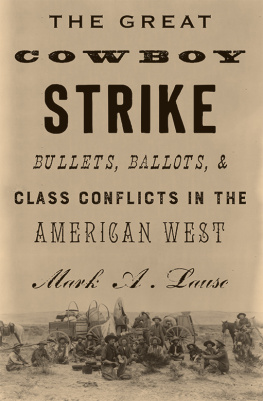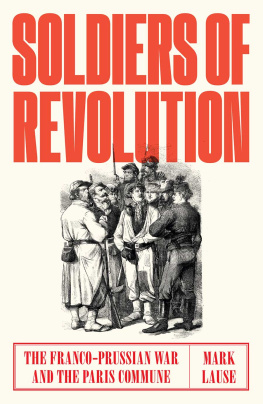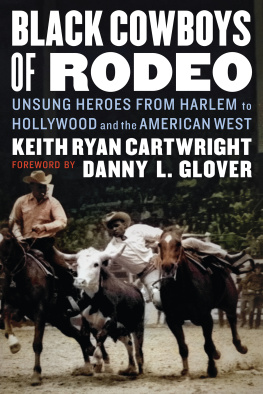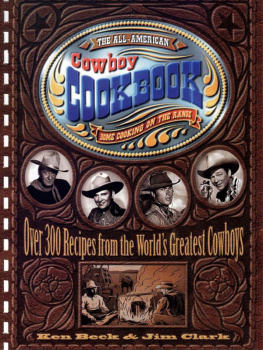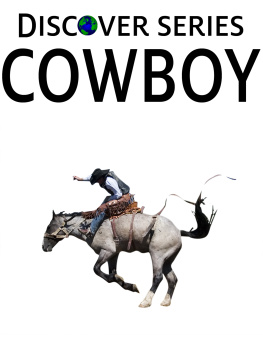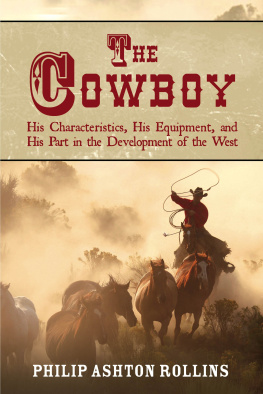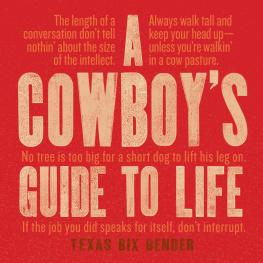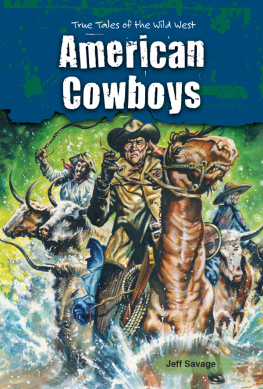Strikes by the iconic American cowboy confront us with the inescapable realities of class, politics, and violence in the West. Exploring these events and their impact provides an opportunity to examine how these issues converge. And this process poses key questions about how we remember the past.
That memory made the cowboy into a well-cultivated symbol of a rugged American past. That image entered into a symbiotic relationship with the culturally smudged self-image of the United States itself as the well-armed enforcer of virtue, justice, and fair play. In fact, the cowboys were grossly underpaid and overworked seasonal agricultural laborers.
Beyond a remarkably small circle of specialists, classmuch less class conflicttouches the least explored of these large questions we hope to address, barely acknowledged in the West. More conservative scholars generally associate the appearance of social class as a concept with the migration of radical exiles and their foreign ideas from Europe. More liberal ones identify it with the great cities of the Eastern Seaboard, rather than with regions generally seen as more industrially backward and less settled.
Yet these newcomers to the West carried with them the old social order, its assumptions and its practices. The very first of them brought hired and bound labor with them. In the aftermath of the Civil War companies of unprecedented capital and power brought vast numbers of railroad workers to labor across great expanses of the transportation system, with particularly significant clusters at moving construction sites. Mining communities drew large numbers of hired workers in pursuit of the regions mineral riches. During this period, cowboys assumed a vastly more visible and regionally distinctive importance that belied their smaller numbers and greater isolation than other communities of laborers. This alone makes them an almost irresistible subject.
A touchstone of the increased visibility of genuine cowboys was their strike of 1883. Contemporary newspapers, chroniclers of Western lore, and serious scholars alike have found the event worthy of attention. Several have described iterroneouslyas the only cowboy strike in history. Othersequally erroneouslyhave described it as the first organized protest against big business on the Great Plains.
The 1883 strike in the Texas Panhandle certainly had greater claim to this honor than the rodeo performers strike in Boston. This latter event in 1936 took place during a period rife with what were then called labor-management disagreements, and represented a rare intrusion into an eastern metropolis by a trade usually associated with the rural heartland of the nation. The Texas strike took place over half a century earlier.
More importantly, the early work stoppage represented part of a strike wave that swept across much of the American West from 1883 The Great Cowboy Strike supports these assessments of an endemic labor discontent where the very existence of social classes seems to be understated, if not ignored by most writers on the region.
Understanding these strugglesand how they came to be so obscuredrequires seeing their context: in the broader insurgencies that politically challenged the unquestioned power of the large ranchers, the railroad owners, and the mine bosses. The Patrons of Husbandry (also called the Grange) began in Minnesota. The more political Industrial Brotherhoodwhich eventually became the Knights of Laborand the Farmers Alliance emerged from immediate postwar conditions in Missouri, Kansas, and Texas.
These groups based in the West generated the largest political insurgencies of the period. Greenbackism in the Midwest and Populism in the western heartland aimed at displacing one of the major political parties with one that would place people before profits. Each attained some real successes but faced obstacles that thwarted their efforts (and later permitted often grotesque misrepresentations of their goals).
There existed a working-class component of these insurgencies, particularly associated with what labor historians have called the Great Upheaval. The Knights of Labor attained unprecedented numbers, reaching nearly 800,000 members. The group not only produced the modern American Federation of Labor but also sparked a dynamic wave of labor parties in 1886, including Henry Georges campaign for mayor of New York and numerous local efforts that showed remarkable potential as a national third party. To a great extent, the presidential election of 1888 was a test as to whether these efforts could come to fruition.
The full meaning of the cowboy strikes escapes us without facing this political insurgency. As we shall see, the Greenback movement in Texas, broadly associated with the Farmers Alliance, sheltered and defended the cowboy militants. The strike movements in Wyoming also directly influenced the rise and course of Populism there.
Scholars regularly downplay the importance of these insurgencies. These third parties disappeared, we are told, because the adoption of their concerns by one or the other of the major parties made them irrelevant. That the major parties frequently adopted and co-opted the rhetoric of insurgents is obvious; a reference to some of the most modest proposals of the Greenbackers or Populists, however, could still end the career of any major party politicians today.
The often ignored institutionalization of political violence in the nineteenth-century United States provides a much better explanation for the demise of opposition of all sorts. Starting with the ethnic cleansing essential to settlement, an ideology centered around civilizing nature and its savagery sanctioned the use of unrestricted violence against any persons and practices that got in the way of the imperatives of the marketplace.

